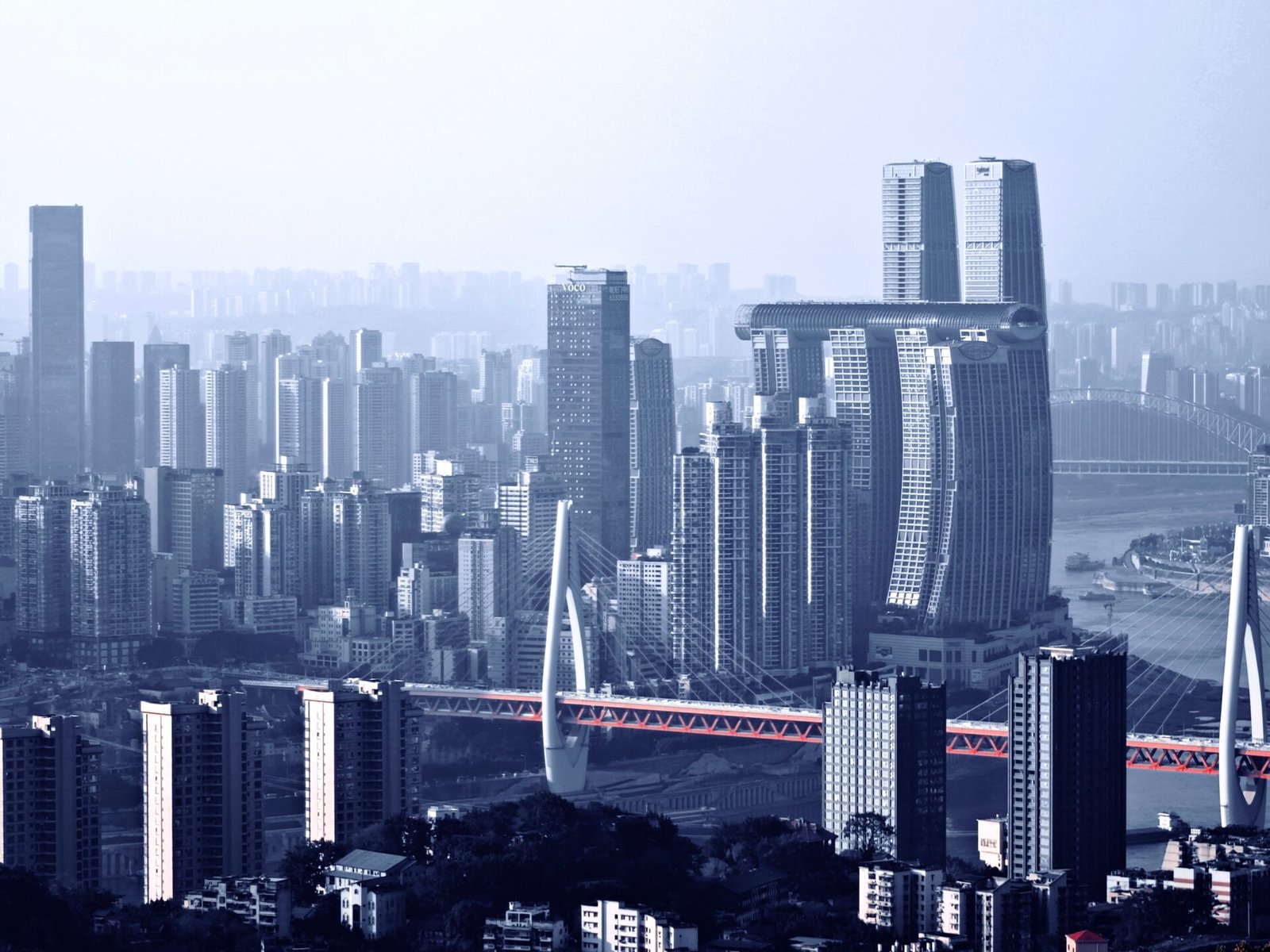In the heart of Asia, surrounded by imposing mountain ranges and intertwined with intricate histories, cultures, and politics, lies a region called Tibet. However, for those deeply connected with the region, especially from a Chinese perspective, it’s known as “Xizang.” The debate over the name might seem minor, but in reality, it is deeply embedded in discussions about identity, politics, and cultural legacy.
Understanding The Linguistic Landscape
“Xizang” is the Pinyin representation, a system used for the romanization of Mandarin characters into the English alphabet, for what is internationally recognized as the Tibet Autonomous Region. The word “Tibet,” while universally recognized, might not capture the region’s full geographical scope and cultural essence from Beijing’s viewpoint. Thus, a shift in nomenclature isn’t just about linguistic accuracy; it’s a part of a larger discourse on geopolitical identity.
The Backdrop of the Seminar
A recent official seminar in Beijing, lasting from Monday to Wednesday, brought this debate to the fore. The information about the seminar was sourced from Tongzhan Xinyu, a WeChat account managed by the United Front Work Department, a body that supervises affairs related to ethnic minorities in China.
Mr. Wang, an attendee of the seminar, passionately argued that “Xizang” is the more appropriate term, emphasizing the Pinyin system’s authenticity and the true representation of the region’s Mandarin nomenclature.
The “Greater Tibet” Concern
One of the significant concerns raised in the seminar was the notion of the term “Tibet” as used outside China. The report highlighted that when the term is used internationally, it not only refers to the Tibet Autonomous Region but also encapsulates parts of Qinghai, Sichuan, Gansu, and Yunnan provinces. This broader conception aligns closely with what’s referred to as the “Greater Tibet,” a term and idea that the 14th Dalai Lama has been associated with. Such overlaps can have profound geopolitical ramifications and implications for regional stability and identity.
Identity and Beijing’s Vision
This debate emerges amidst China’s renewed drive, spearheaded by President Xi Jinping since 2017, to strengthen the “sense of community for the Chinese nation.” This ambitious goal seeks to bolster national identity, especially within the various ethnic minority regions. Central to this vision is the emphasis on the Mandarin language, aiming to establish it as the standardized spoken and written form in China.
Lian Xiangmin, vice-director of the China Tibetology Research Centre in Beijing, pointed out that the push for using “Xizang” aligns with a United Nations proposal from 1977 and State Council guidelines from 1978, which advocate for the use of Pinyin when translating Chinese place names into English.
Media Representation and International Discourse
But it’s not just about internal identity. Xia Yan, an editor at the China Tibet Information Centre, shed light on the media’s role in this discussion. She noted that transitioning the English term to “Xizang” could “help reconstruct Tibet’s media image and enhance China’s international discourse on Tibet.”
This is a significant point. The seminar wasn’t just a local affair; it had a global touch. Over 320 scholars attended, with more than 40 from regions outside mainland China, according to the official China News Service.
A Look Back into History
The intricate tapestry of the Tibet or Xizang debate is incomplete without a nod to its tumultuous history. The region was annexed by the People’s Liberation Army in 1950, just after the Communist Party’s victory in the Chinese civil war. A pivotal figure in Tibet’s history, the Dalai Lama, had to flee to India in 1959. The Tibetan spiritual leader, recognized globally and awarded the Nobel Peace Prize, has faced criticism from Beijing, which has labeled him a “separatist” and held him accountable for disturbances in the region. He, however, denies these allegations, clarifying his stance for genuine autonomy, not independence.
Pinyin in Chinese Names
The use of Pinyin isn’t just a point of contention for Tibet. All across China, most locations are rendered in English using Pinyin. However, there are exceptions, especially in areas with significant ethnic minority populations. For example, the Inner Mongolia Autonomous Region is used instead of its Pinyin equivalent, Nei Menggu. Similarly, the cities Urumqi and Kashgar in the Xinjiang Uygur Autonomous Region are favored over their Pinyin counterparts, Wulumuqi and Kashi.
Interestingly, since 2019, “Xizang” has been adopted over “Tibet” in the English editions of several Chinese state media outlets. Notable examples include the People’s Daily and the Global Times. Even the official Xinhua news agency and state broadcaster CGTN have commenced using “Xizang” in their English reports.
In Conclusion
The “Xizang” vs. “Tibet” discourse is more than just a debate about names. It’s a reflection of cultural, political, and historical complexities. While state media outlets still juggle between the two names, it’s evident that both terms carry profound significance in understanding the region’s past, present, and potential future. As this discourse unfolds, it’s essential to approach it with an appreciation for the rich tapestry of history, identity, and geopolitics that it represents.
Read More:
